All artwork by Walter Moore from the Lost Dungeons of Tonisborg BookQUESTION: What is your reach when it comes to fighting? Should a human do more damage on smaller creatures? Many of the ideas that are applied to combat in RPGs were established very early on within a few years of the invention of the genre via Gygax and Arneson's, Dungeons & Dragons. Just a year later Tunnels and Trolls adds the 2nd approach to the genre. D&D presents the chance to hit + damage done approach. Tunnels and Trolls uses a dice pool system for total damage rolled with the difference being applied as damage to the losing side. In Tunnels and Trolls Armor has no impact on the chance to hit, what it does do is subtract damage from an individuals damage taken. Both games offer a simplistic and fast playing game mechanic. OD&D creates the problem of longer battles at higher levels which may not be easily solved with this system. The point of the OD&D and later systems is to even out odds and give players a better chance of living The concept of having dice pools is an interesting one, yet it doesn't exactly work with how OD&D presents combat. On the other hand, OD&D was super simple and everything caused the same amount of damage per hit. When Greyhawk supplement came out, it added variable dice types based on weapon type. This would get carried into AD&D as the standard practice for weapon damage, what is more, the method ends up in most RPG's since the release of Greyhawk supplement in 1975. RPGs are about simulating results and not necessarily about simulating every little detail involved in getting from Point A to Point B. A lot of games claim to be simulating combat, but really it's just another way of achieving a result that has nothing to do with reality. But some kind of basis in reality is needed. At the same time, I feel the greatest flaw in design I see these days is what I call subtractive design where a player's actions are limited by conditional rules that disallow actions. I am much more partial to an additive approach, which goes back to David Wesely's statement that "A player should be allowed to try anything, though not always successfully." So lets look at Weapon Damage by Type. It has several built in flaws that make the approach a bit too limiting. As an example, lets say your character Grond decides to challenge someone to a fight to the death in single combat. The other party accepts, yet demands the battle be fought without armor and the weapon of choice should be daggers. This sounds good except Grond and his opponent are both 5th level fighters with 5x hit dice due to level and daggers only cause 1d4 damage when they hit. It is at this point that all the other players leave and go to a movie, since this combat is gonna take a while. How can we speed this up by at least half the time needed? The greater issue in combat is the one of reach. Longer weapons always have an advantage in a fight. Sorry, the M.U. with a dagger shouldn't even get a chance to hit someone armed with a long sword. Yet, I never design in anything that says "You Can't Do That." I like to design toward incentives and I always design toward minimalism, simplicity, and playability. As I keep saying, just let your wizards use swords, but they only do half damage, or some other penalty, but do not stop your players from exploring possibilities. I recently had one of those ideation moments where I decided to approach how damage is applied in D&D and came up with a different system from the Greyhawk weapon base damage approach that allows for standard base damage in most cases, yet also allows for greater damage in many of the commonly found situations. As with everything I post as a OD&D Variant, feel free to cut and paste the text and then alter it to suit your needs. Following is a set of very rough rules for basing damage on both weapon size and creature size. Some optional 1st Round Advantages Any weapon vs. a surprised opponent does not suffer length difference minuses. Consider that it may even get a bonus die for damage of it's value vs. a 0 for the un armed defender. Or, you may even multiply the damage done on one die by the target's number of hit dice to simulate the chance for an instant kill. i.e. you have your dagger out and stab someone who has not drawn their weapon - it's gonna hurt, a lot. A pole arm charging or defending against a charge will gain a bonus modifier in the first round vs. all but similar weapons of +1 due to their added reach. If you thank of anything else that could happen, or if something does happen in your game, simply make a note of it here for future game sessions. Initiative OD&D has no such thing as Initiative and to my way of thinking it should never use it - EVER! OD&D uses Parallel Actions; everyone does what they do in a round and then results are applied. You engage the orc and you are both circling and looking for an opening… roll your attack, oh you hit it for 7! The orc falls to its knees mortally wounded, in a last effort it swings at you missing and falls face down on the ground in front of you. The orc got its attack in even though you killed it. Oh Oh, sometimes things should not happen in a parallel order. What you can do is apply reasonable results to any situation. Lets say our heroic fighter decides to attack a troop of orcs armed with pole arms. The pole arms should do about the same damage if they get a hit as our hero's sword. Yet our hero has decided to be The Man in this situation and is charging at pole weapons, this is not a good idea. He needs to clear those pole weapons before he gets his attack roll. Thus I would judge that the orcs get to roll their attacks before he gets past their pole weapons and can strike with his sword. The same can be said for spell users. While our more pointy weapon obsessed friends are dancing around and swinging and dodging wildly, the Magic-user is conjuring. That is all they do this round. Then after everyone is done doing their thing the result of their spell is applied to their target. Base Damage is always 1d6 per OD&D unless there is a weapon size difference, thus we get these values. smaller creatures 1d4 in combat, or what is listed in the MM if you are using that.* Human sized 1d6 (All characters generally do 1d6 per OD&D rules.) Larger than human 2d6 Very large 3d6 *a dagger armed person fighting another dagger armed person should do 1d6 damage. If you want to switch to this simpler system with Holmes or AD&D then all D6 dice should be D8. The same applies for Greyhawk based d8,d6,d4 hit dice. Consider that HD are a d8 and a Sword is a D8 in Greyhawk. OD&D uses the d6 as the base unit of hits and dmage caused. Weapon Classes Defined by Length Values applied to combat based on weapons. Small weapons such as daggers and small javelins, smaller creatures like rats or snakes = 1 Most average swords and spears, and average monsters with physical weapon traits use this mod. = 2 Above average swords and pole arms 2 handers and halberds and larger monsters= 3 Large pole arms like Pikes, larger than ogre sized creatures get this as a bonus = 4 Creature Size 1 -smaller than human, dogs, giant rats, halflings kobolds have a shorter reach. 2- Man sized as well as beings about the same physical strength as men like dwarves. 3 - Larger than man sized, trolls and ogres. 4 - Very large, Dragons. You then tally up your weapon + physical size and you get a value. Compare your value to your opponent's. value to see how much damage a hit does. The difference in size totals is a damage die bonus. i.e. A giant rat is a 1 + 1 vs a human with a sword for 2 + 2, thus 2 vs 4, for a 2 to 1 advantage for a 1d6 damage roll by the lower value and a 2d6 damage roll for the greater value. Spill Over Damage, or slashing damage. A damage roll that is greater than an opponents total hit point will affect a creature either behind, or adjacent to the figure attacked without the need for a second attack roll. Using this System
Lets put it together to see how the numbers actually work. 1. All creature have an abstracted base damage they do. 2. Everything has a combat value that is a fixed value of: Creature Size + Weapon Length 3. Compare size and weapon lengths to see if the base damage is modified. Commence to Fightin' Y'all! A dragon attacks a party of adventurers. The front line is human sized fighters with spears and swords. The dragon is very large for a 4. It also gets 4 for its weapon length of large claws on long arms, and long neck for biting of 4+4 = 8 our humans are only 2+2 = 4 The dragon can already do 3d6 dice damage vs the 1 die for each fighter. Yet in this system dragons and dragon sized creatures are doing their base damage of 3d6 plus they get a +1 die damage roll for a total of 4D6. Our meat shield fighter types in the party are having more chances to hit, but they are only doing 1 die damage. Meanwhile our Dragon is doing an average of 14 points damage on every hit. Consider that 14 points can also mean a lot of spill over damage in a big fight too. Now the mere mention of fighting a dragon will chill the blood of any party coming across one. Optional ideas None of this is written in stone and you may want to explore some changes of your own. Maybe the base damage is ignored when a weapon discrepancy is encountered? Rather than size, you can use hit dice as an indicator of skill and force combined. Thus you can make some kind of chart up, like so: HD less than 1 is a value of 1 HD1-2 is a value of 2 HD 3-4 is a value of 3 HD 5-6 is a value of 4 Etc. You may want to play with this a bit. My high level Character should get a bonus! Perhaps do it by class and level of fighting skill increase that they get based on experience, thus you do a gain of +1 for each 3 levels for fighter, 4 of cleric, and 5 of M.U. Hopefully this is all fairly clear and easily understood. And… I haven't left in too many confusing typos as I wrote this. Sorry, I do that a lot. Feel free to ask questions in the comments section. I would also be curious to hear from anyone who tries this system where damage is modified by what your opponent has in their hand. Support Secrets of Blackmoor! Check out the posters in our online store: https://store.secretsofblackmoor.com/collections/t-shirts/products/emergence-of-blackmoor-poster
3 Comments
The following is a sample from an upcoming Blackmoor setting book. All rights Griffith Morgan and The Fellowship of the Thing, LTD. |
DVD'S, Books, T-shirts, games and more available on our store.
AuthorSecrets of Blackmoor is a Feature-length documentary about the birth of the “Mother of all Games;” Dungeons & Dragons. Archives
January 2024
Categories |
Privacy Policy
All Contents Copyright © 2023 The Fellowship of the Thing, Ltd. - All Rights Reserved
All Contents Copyright © 2023 The Fellowship of the Thing, Ltd. - All Rights Reserved

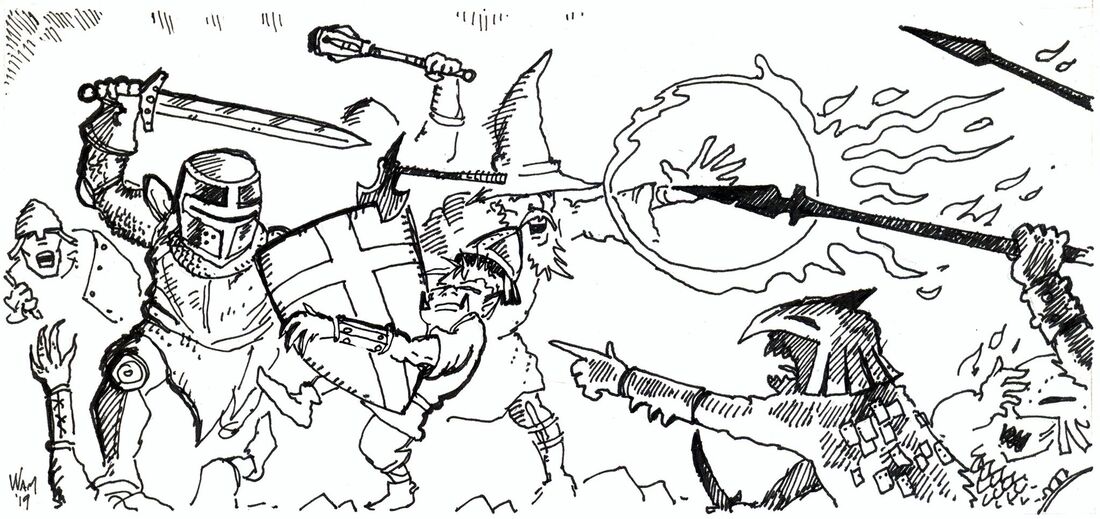
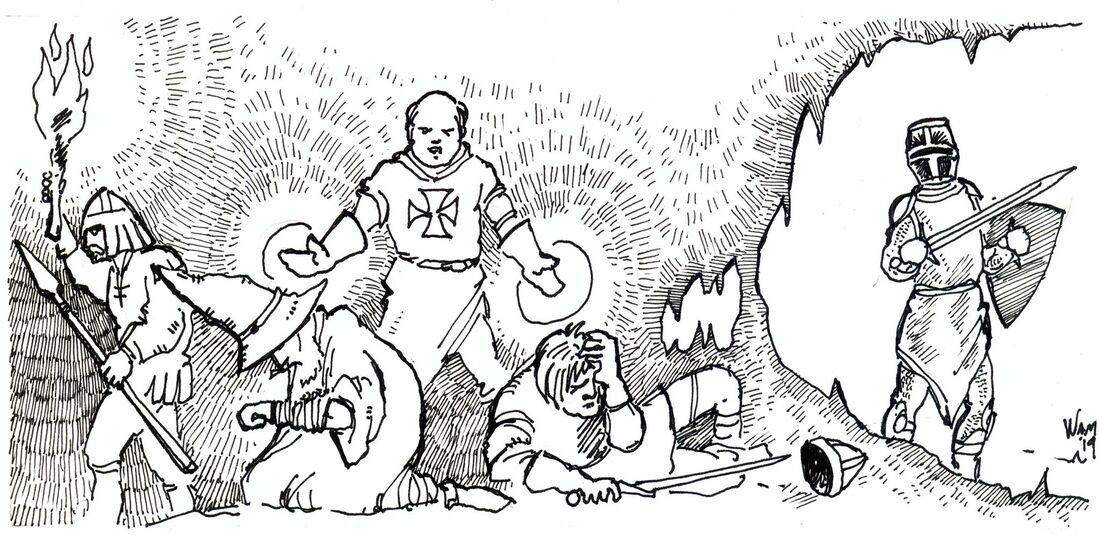
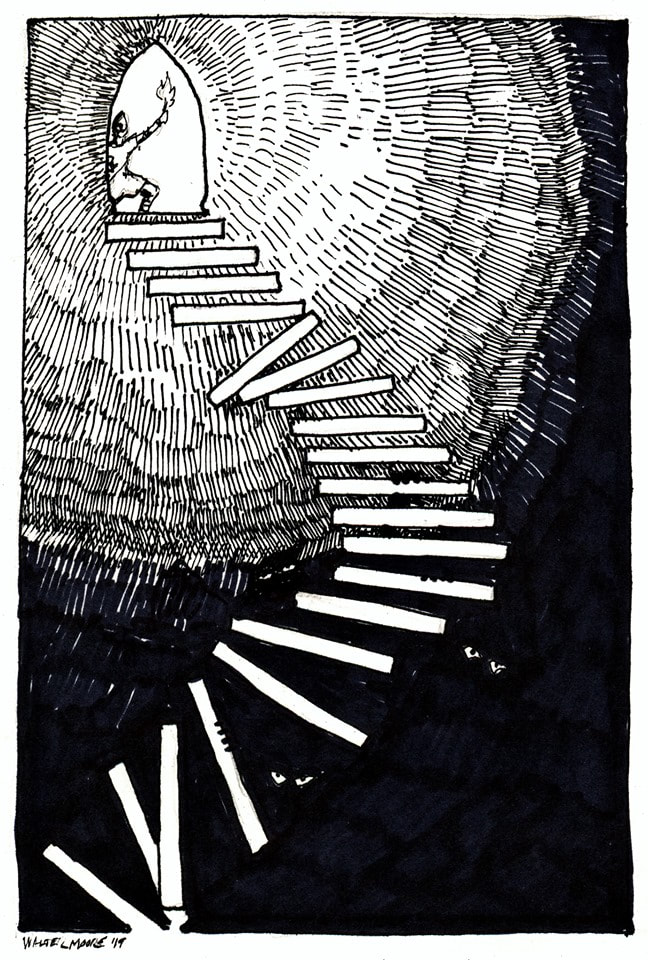
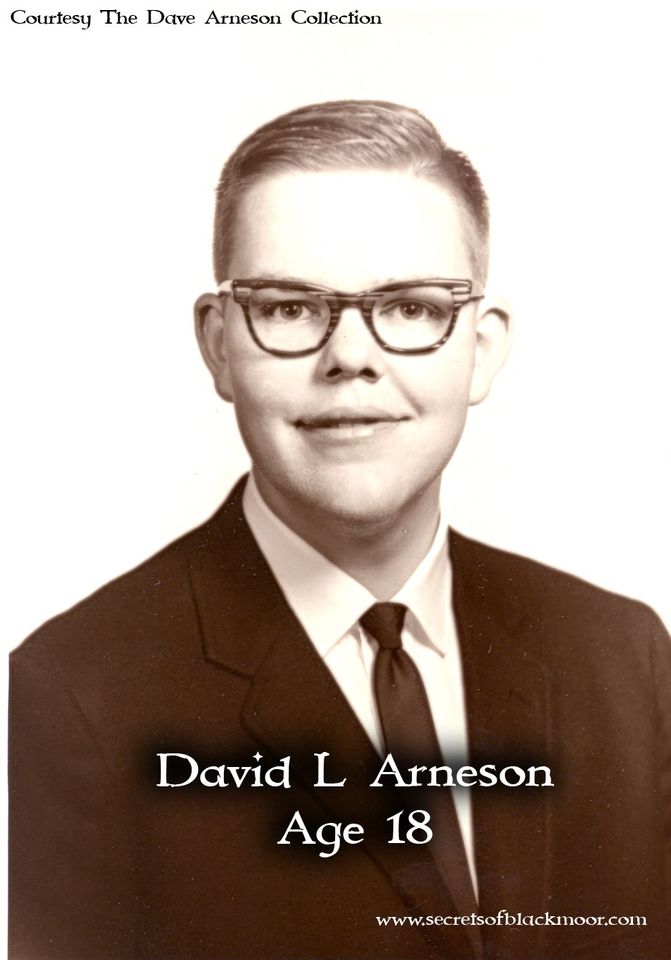
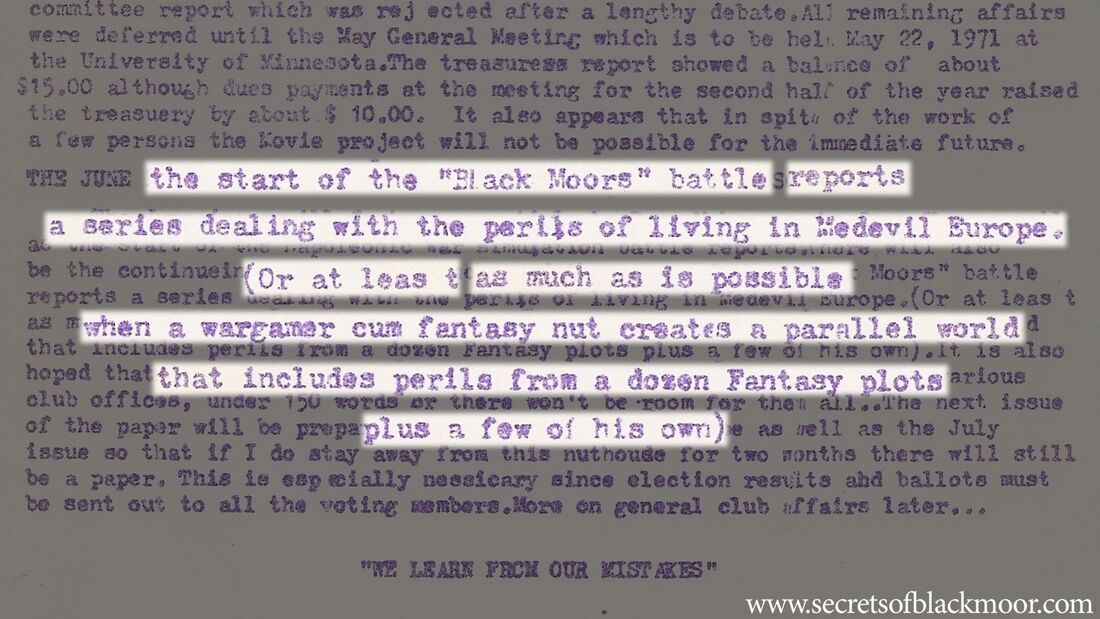
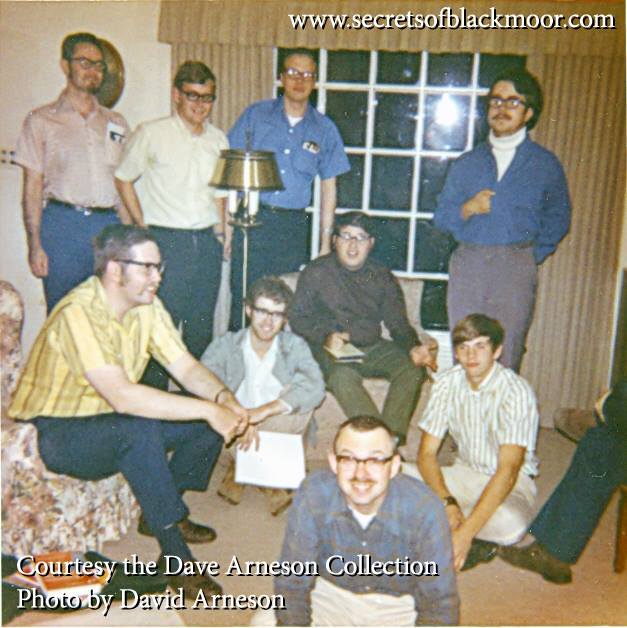
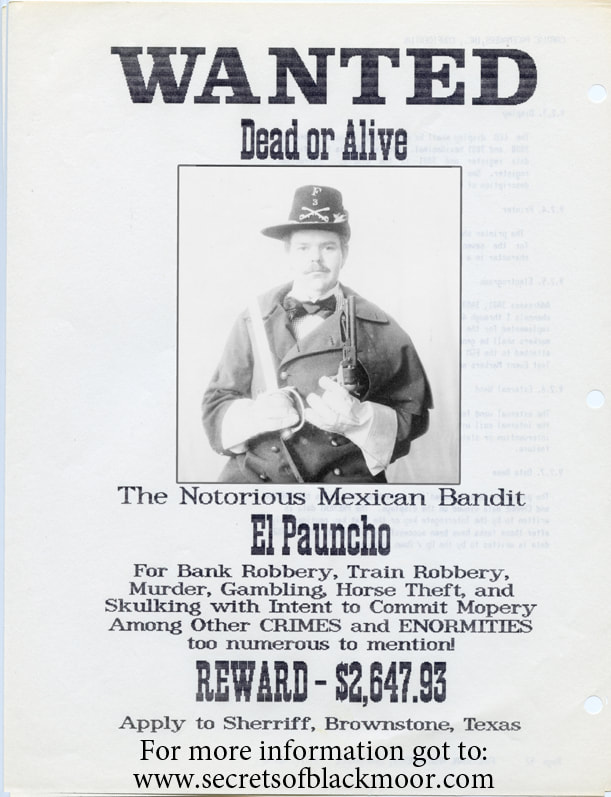

 RSS Feed
RSS Feed